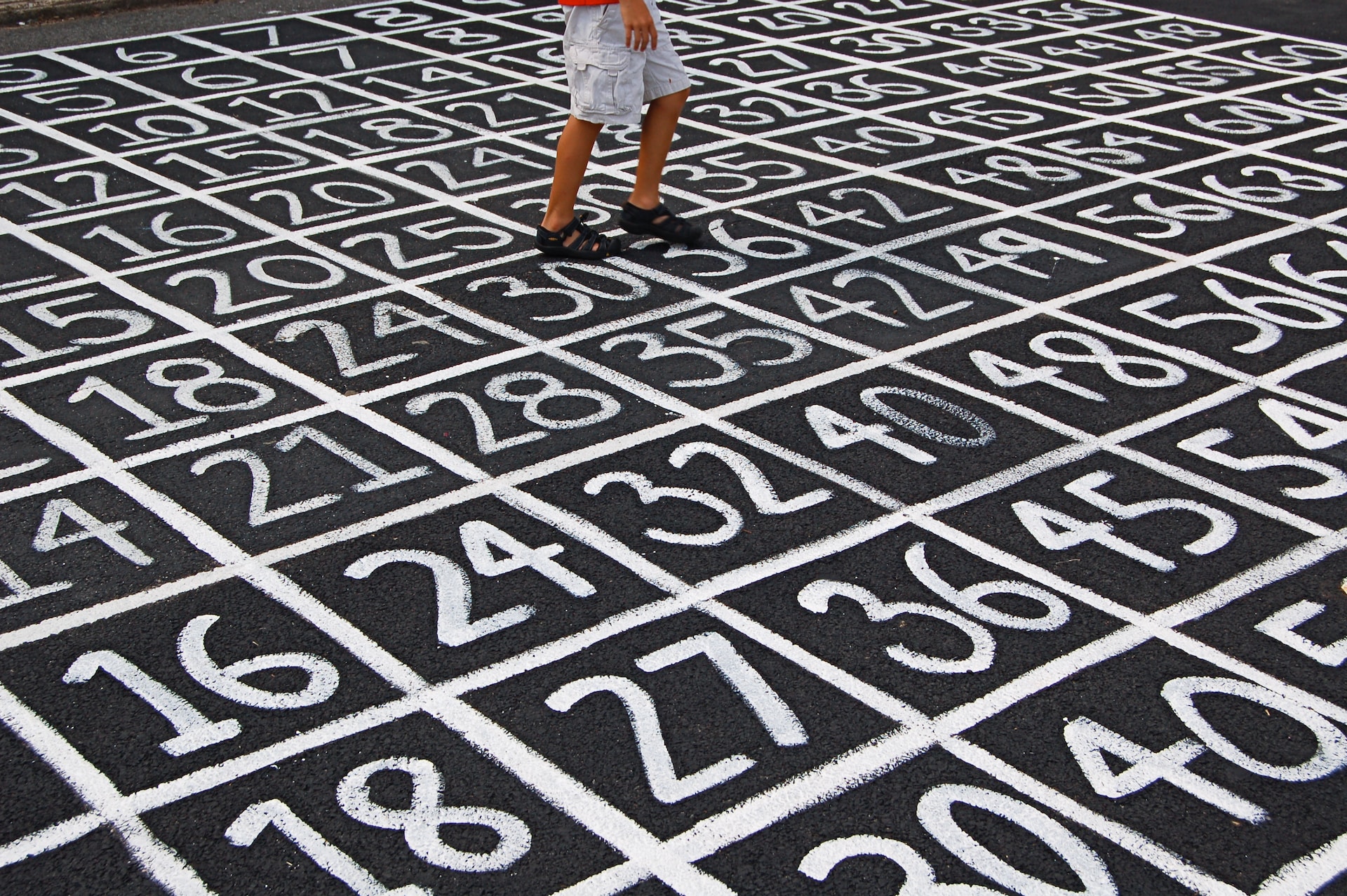Numbers are more than just tools for counting and measuring; they are intriguing, multifaceted entities that hide captivating secrets. From mind-boggling mathematical paradoxes to the magical world of prime numbers, our numerical universe is a place of wonder. In this whimsical blog post, we’ll embark on a delightful journey into the enchanting realm of numbers, revealing surprising facts backed by fascinating explanations.

1. The Mighty Number 9: A Mathematical Chameleon
The number 9 possesses a unique mathematical quirk. When you multiply any number by 9, the sum of the digits in the product always adds up to 9. For example, 7 x 9 = 63, and 6 + 3 = 9. This phenomenon is known as “casting out nines” and can be used to check the accuracy of mathematical calculations.
2. The Magical 7 in Memory
Have you heard that the human brain can typically hold about seven items in its working memory? This concept, known as Miller’s Law, suggests that people can remember approximately seven distinct pieces of information at once. It’s why phone numbers are typically seven digits long, making them easier to recall.
3. The Endless Wonder of Pi
Pi (π), the mathematical constant that represents the ratio of the circumference of a circle to its diameter, is an irrational number. This means it has an infinite number of non-repeating decimal places. Mathematicians have calculated pi to trillions of decimal places, and there is no end in sight. It’s a numerical enigma that has fascinated scholars for centuries.
4. Prime Puzzles: The Twin Prime Conjecture
Prime numbers, those divisible only by 1 and themselves, have long been a source of mathematical fascination. One of the unsolved mysteries in the world of primes is the Twin Prime Conjecture. It posits that there are infinitely many pairs of twin primes, like 11 and 13 or 17 and 19, with just one even number between them. While evidence suggests the conjecture is true, it remains unproven.
5. The Intricate Fibonacci Sequence
The Fibonacci sequence is a mathematical marvel where each number is the sum of the two preceding ones (e.g., 0, 1, 1, 2, 3, 5, 8, 13, and so on). What’s truly remarkable is that the Fibonacci sequence can be found in many aspects of nature, from the arrangement of leaves on a stem to the spirals of seashells and galaxies.

6. Palindromic Pleasures: The Beauty of Symmetry
Palindromic numbers, those that read the same forwards and backward, can be utterly delightful. For example, 121, 1331, and 9009 are palindromic. They exhibit a pleasing symmetry that captures the imagination. Palindromic dates like 02/02/2020 or 12/12/2121 also have a charm of their own.
7. The Enigma of Zero and One in Binary
In the binary numbering system, used in computing, zero and one are the building blocks of all data. The binary system is at the heart of digital technology, with zero representing “off” and one representing “on.” It’s a numerical code that underpins our digital world.
8. Benford’s Law and Number Curiosities
Benford’s Law is a fascinating statistical phenomenon. It states that in many datasets, the digit one is more likely to be the first digit, followed by two, then three, and so on. This law has applications in fields like forensic accounting and data analysis and reveals intriguing insights into the distribution of numbers.
9. The Mystical 42 and the Ultimate Question of Life, the Universe, and Everything
In Douglas Adams’ science fiction classic, “The Hitchhiker’s Guide to the Galaxy,” it’s humorously suggested that the answer to the ultimate question of life, the universe, and everything is simply the number 42. While the real answer remains elusive, it’s a delightful reminder of the whimsical nature of numbers in literature and culture.
10. The Golden Ratio: Nature’s Perfect Proportion
The golden ratio, often denoted by the Greek letter φ (phi), is an irrational number approximately equal to 1.618. It appears in art, architecture, and nature as a proportion that is considered aesthetically pleasing. This divine ratio can be found in the dimensions of the Parthenon, the spirals of seashells, and the branching of trees, among other places.

Numbers are more than just mathematical tools; they are the threads that weave the fabric of our universe, a source of endless curiosity, creativity, and wonder. From the mystical pi to the aesthetic beauty of the golden ratio, our numerical world is a captivating realm where surprises abound. Whether you’re a math enthusiast or simply appreciate the magic of numbers, these facts offer a delightful glimpse into the enchanting world of mathematics. So, next time you encounter a number, remember that there’s often more to it than meets the eye.





